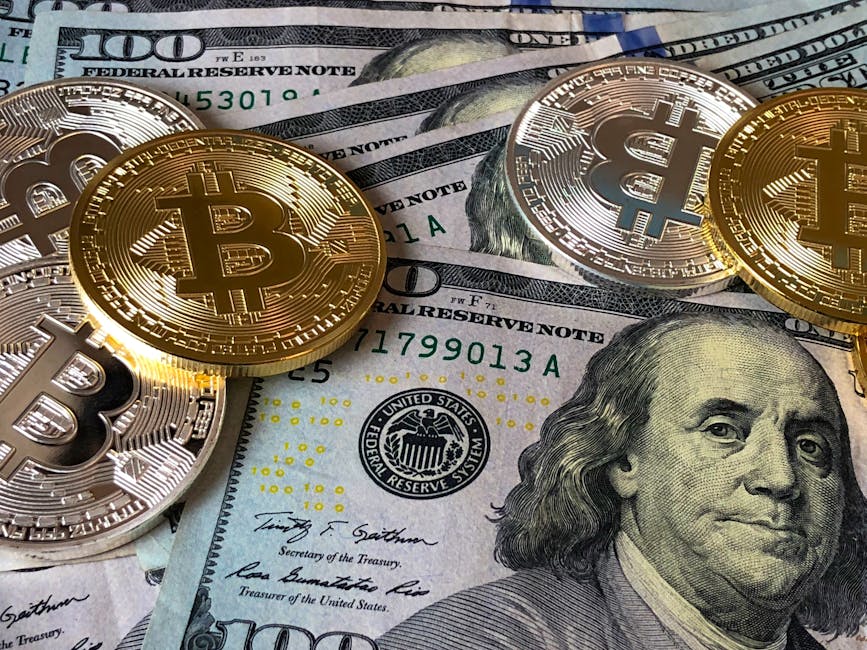
[AUDIENCE] You were talking about
the incentives with proof-of-work. Do you [think that] when the block goes down to zero,
that people will still mine at the same level? Will fees be the same as Visa transactions? [ANDREAS] The question was: based on
the incentives that exist in the network, what happens when the reward for the generation of
[new] coins drops to zero, and the only reward is fees? Will miners keep mining?
Will the network fees be reasonable? First of all, to give you some perspective, this
happens gradually between now and [the year] 2140.
By that time, people on Mars will have to decide
if they want to go into mining with solar panels. So, who knows [what miners will do]. I hesitate to make
predictions for Bitcoin three months [into the future]. You're asking me about 130 years [from now], but I'll try. The important thing to realize
is this happens very gradually and in an environment where the reliance on
seigniorage / [generation of new coins] drops. Presumably, the number of transactions and amount of
activity rises, which means transaction fees [can] rise. What it should do, if you look at it in a graph, is
[make] a kind of curved 'x' shape.
[GESTURING] Fees go up, reward goes down. Fees, [as estimated by algorithms], go up not because
[transactions] are [necessarily] getting more expensive, but because you have more transactions
paying more or less the same fees. If you imagine a [new] block today, which has
12.5 bitcoins in [the coinbase transaction] and maybe one tenth of a bitcoin fees,
[the ratio is] 120:1 in favor of the seigniorage. Now let's [imagine we are constructing] a block in 2141.
What is the minimum [block] reward? One satoshi. Let's say this block has ten thousand transactions.

I just pulled the number out of my head, it would
probably have more, but let's say ten thousand. What's the minimum fee they can pay? One satoshi. If you have the minimum issuance and the minimum
fees, you would have ten thousand satoshis in fees… and one satoshi from seigniorage. Now the ratio of seigniorage to fees went from
120:1 to 1:10,000. This doesn't happen overnight. This happened over 140 years, in a gradual curve. Somewhere in [that gradual curve] there's
a crossover point, the day that [ratio] is 1:1. Miners know, for the future, they're going to focus more
on fees. That happens way before you get to 2141. I'm not worried because it's not going to be a surprise. This is the same kind of question
[I was asked before] the Halvening. "What will happen when the halving happens?"
We see this coming four years in advance. Everyone is prepared for it. Part of living within a
[currency that has a] deterministic [monetary policy] is, we don't have to wait for the Friday spokesperson
from the Federal Reserve committee meeting… to come out and tell us what the interest rate is.
Mining doesn't stop. Will the fees be the same as Visa's?
If they are, we have failed badly. [Even] the fees that are already above
about $5, are still lower than Visa. We are getting better at optimization. If we introduce the Lightning Network and other [second-
layer] technologies, we increase the block [capacity]. If we do all of the other optimization and scaling things, we can do Visa. We can do much more than Visa. We can do it cheaper. I don't think
we're going to have any problems. The capacity issue for Bitcoin
will be a problem all the time, but it will be a problem that we will
manage in a way that is not fatal, gradually make it better and better. Failing to scale, gracefully, for [at least]
twenty-five years [like the internet], is the goal..




